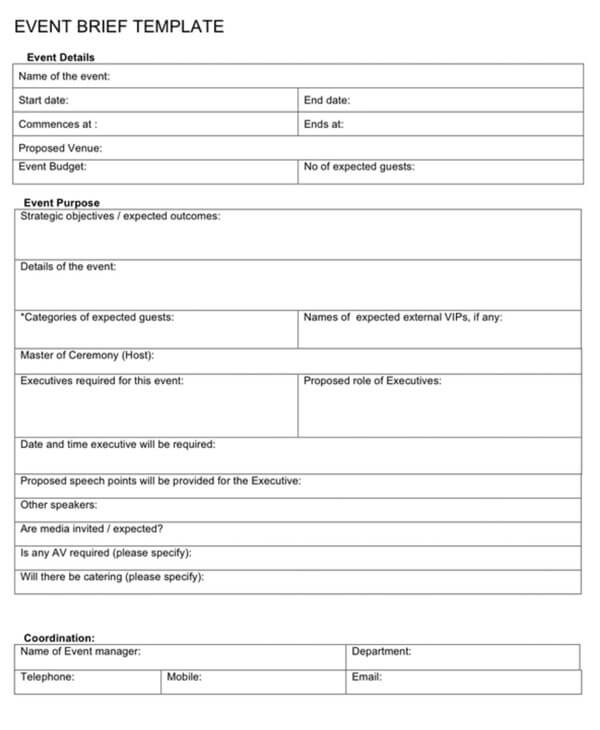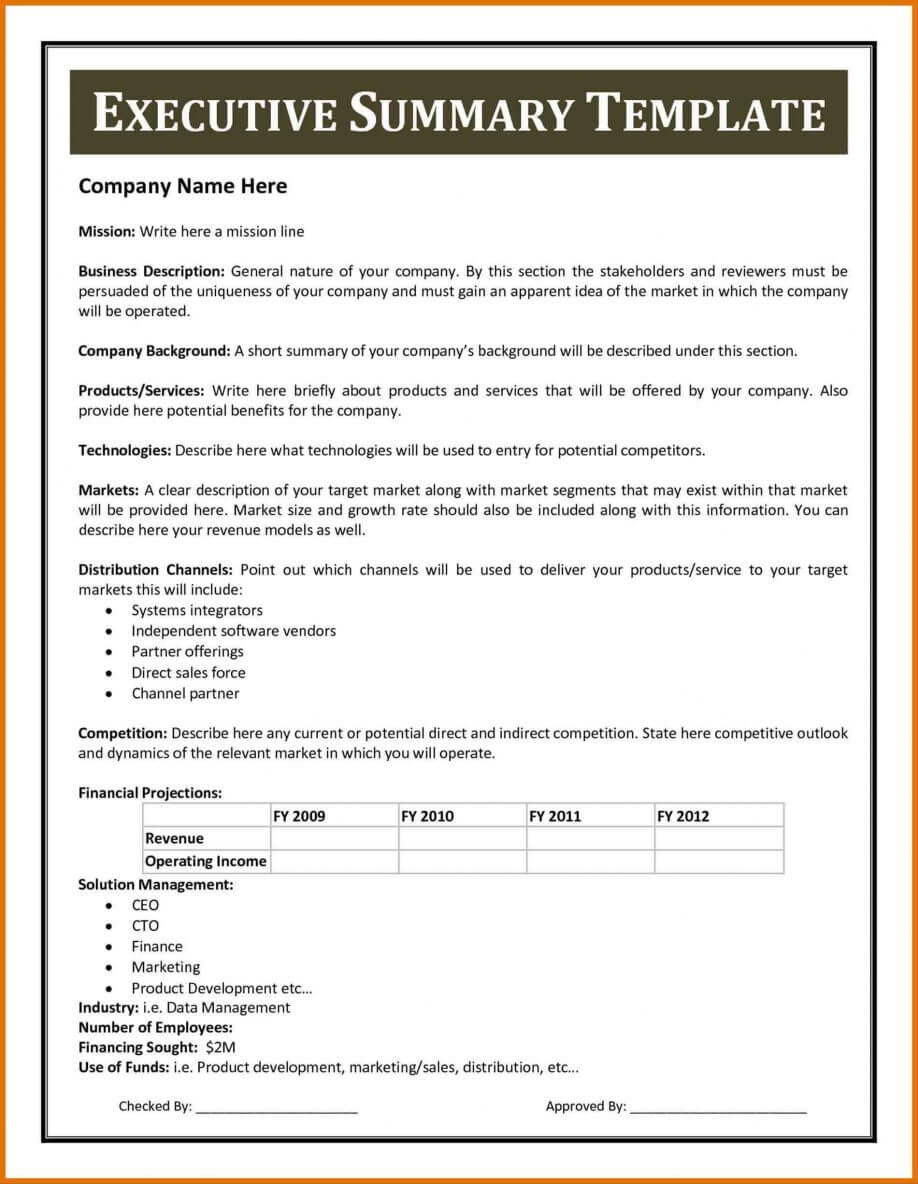

Getting everyone on the same page helps reduce project risk and avoids wasting time in areas outside the project focus. Review the brief together to confirm your scope, goals, and more-all while addressing any gray areas and red flags. If you’re not doing a project charter, you can use the project brief as a sort of agreement. It establishes a common understanding to mitigate risk and confusion.It also clarifies each person’s role in the project and how they can best contribute. Outlining the who, what, when, where, and why of a project gets your team up to speed on the work they’ll soon be involved in. Here are 3 reasons a project brief is important in project management: The project brief can serve many purposes.
#Brief overview how to#
Learn how to create a project charter, and grab a free template. I personally lean towards fewer documents and pages, but some projects and clients need more formality. It really depends on what makes sense for your team, process, and project. Your project might have both documents or just one.

The project brief should align with your project charter but live as an abbreviated, less formal version that seeks to inform vs contract with approvals. While it’s not the official project contract, it often serves as a scope contract between a project manager and their client and is a go-to reference when scope creep happens.

Its goal is to outline all the project details and secure client approval. Think of your project brief as a high-level summary of the project charter.Ī project charter is longer, more formal, and goes into all the extra information you left out of the brief. You might also be wondering about the difference between a project brief and a project charter.
#Brief overview download#
Learn how to write a creative brief, and download a free template. The project brief will paint the broad strokes of your entire project, while the creative (or strategic) brief provides more specific direction for the creative portion of your project. If you’re managing a project that involves creative work, you’ll likely create both documents. It focuses on the strategy and design aspects of the project and may include information about target audiences, competitive differentiation, strategic direction, messaging, and more. Like a project brief, a creative brief is a document that outlines high-level details of a creative project. After all, any info beyond that is up to you to track, not everyone else. The key is to make it approachable enough for your team and stakeholders to understand without leaving any critical information out.Ĭhallenge yourself to keep it to one page so people will actually want to reference it. While you might be tempted to include all the good details you uncover from your sales team in your project brief, this isn’t the place for it. The length and format-and even the elements you include-will depend on the size and complexity of your project and client. While a project plan details how a project will get done, a project brief defines the who, what, when, where, and why.Īs the project manager, you’ll want to create a project brief right at the start of an engagement before your team gathers for an internal kick-off meeting. What is a project brief?Ī project brief is an easy-to-digest document that outlines the critical components of a project for your team and stakeholders. Let’s take a closer look at what a project brief is and how it’s used in project management. The perfect place to put those key highlights? A project brief. By doing this, you’ll get them up to speed quickly and allow them to see how they fit into the project. Now it’s up to you to figure out what needs to be pulled out and shared with your team so they understand the project’s most important parts. While they put a lot of good stuff in there, it would easily overwhelm your team and stakeholders-and they don’t have that kind of time to spare. Your sales team just sold a new project and handed off all the information they have to you on the shared drive.


 0 kommentar(er)
0 kommentar(er)
